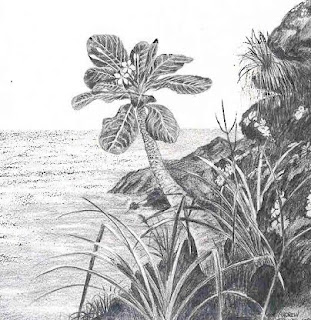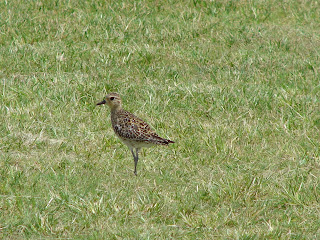What's Happening in Hawaii
During the 3rd Week in December:
Kāpeku ka leo o ke kai,
o ho'oilo ka malama.
When the voice of the sea is harsh,
the winter months have come.
December usually brings the year's largest surf, generated by storms in the North Pacific. Kāpeku ("harsh") describes the thunder of big surf and refers to the ancient practice of noisily splashing the water to scare fish into a net. The winter waves have a similar effect, stirring the ocean bottom to depths as great as 240 feet, dislodging a variety of creatures and washing them to shore.
On the islands' northern and western coasts, this is a particularly dangerous time to pick 'opihi (limpets) but a good time to look for sea life on the beaches. In doing so, don't ignore the sand under your feet. The turbulence of storm surf helps create the beaches by bringing ashore the remains of millions of tiny organisms. Much of the white sand of Hawai'i is composed of shells of single-celled animals (Foraminifera, a kind of protozoa), which feed on oceanic bacteria. Some, like the "paper shell" depicted above, grow as large as a quarter of an inch across.
Images and text from "Hawaii: A Calendar of Natural Events"
published by the Bishop Museum and Kamehameha Schools in 1989
published by the Bishop Museum and Kamehameha Schools in 1989











































